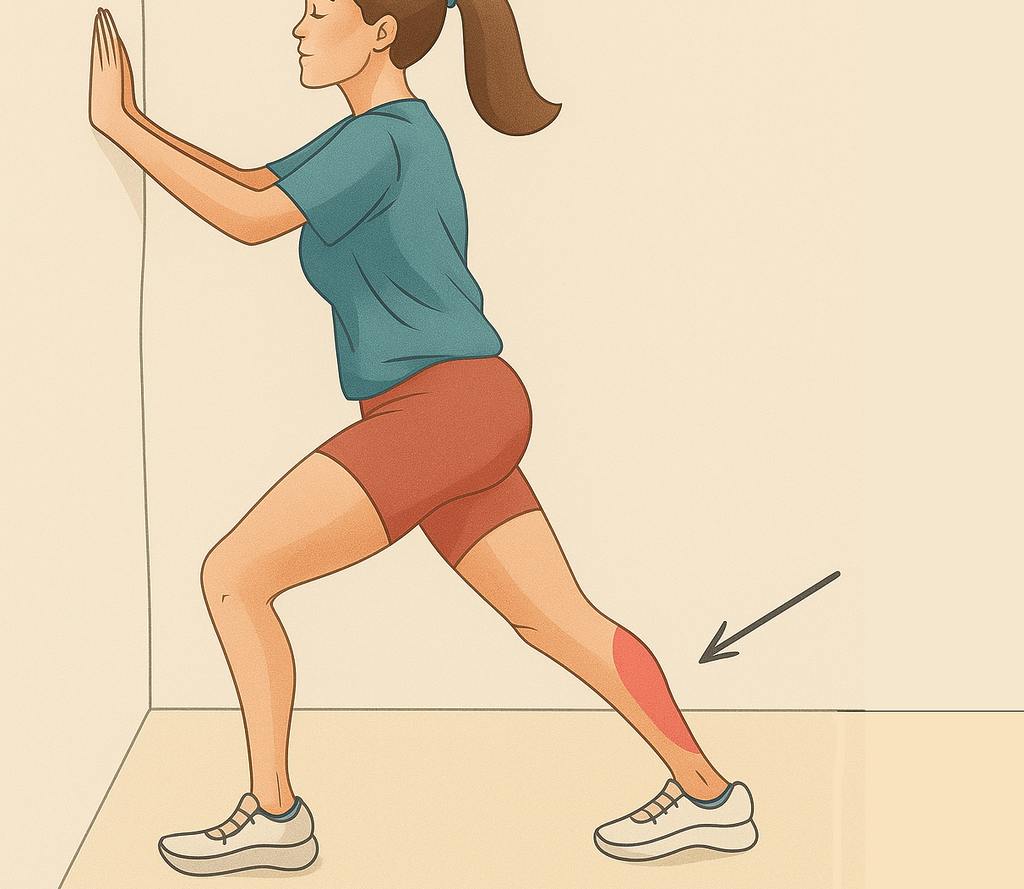How to Get Orthotics Covered by Medicare
Medicare is a federal health insurance program created for individuals in the United States who are 65 years or older. It also covers younger individuals—however, under specific medical conditions.
To get custom orthotics covered by Medicare, a patient must first understand Medicare’s policy with orthotics and how to obtain and submit a claim properly. This article will explore the intricacies of the process. If you cannot get your orthotics covered by medicare, you'll find deep discounts for Stride Soles.
Step 1: Verify Medicare Coverage
When reviewing Medicare’s coverage for orthotics, focus on Medicare Part B, which covers Durable Medical Equipment (DME). Orthotics are classified as DMEs and are covered if they are medically necessary and prescribed by a Medicare-approved doctor. To confirm if you are covered under Medicare PART B,
-
Check your Medicare card: If you are covered, your card will display Medicare PART-B alongside your coverage date.
-
Call Medicare 1-800-MEDICARE (1-800-633-4277)
-
Visit Medicare’s website, www.medicare.gov. Log in to your account or create one. You will see your coverage details: PART A, B, C, and/or D.
Step 2: Confirm if Medicare’s Policy Aligns with Your Need
While Medicare Part B covers orthotics, they do so under specific conditions:
-
Medicare will only cover 80% of the cost of the orthotics.
-
If you use Medicare insurance, ensure that your doctor is enrolled and Medicare-approved. If not, you cannot submit a claim.
-
Even if your doctor is enrolled, they must accept a ‘Medicare Assignment.’
-
Medicare will only cover orthotics prescribed by a Medicare-approved doctor.
-
Medicare will ask for documents that show the orthotics are medically necessary for treating, alleviating pain, or preventing further deformation of your condition.
What is the Medicare Assignment?
Medicare assignment is an agreement between a Medicare-approved doctor and Medicare. The terms of the agreement are:
-
The doctor or healthcare provider must accept Medicare’s approved amount for the specific orthotic.
-
The doctor or healthcare provider must not charge above Medicare’s approved amount for the service.
-
The healthcare provider will only charge Medicare directly and not the patient.
Medicare assignment helps you in two ways:
-
You buy the orthotics at Medicare’s pre-approved lower rate, cutting costs.
-
It prevents your healthcare provider from adding additional charges and hidden fees.
Step 3: Explore Orthotics Covered By Medicare
Medicare covers a range of orthotics, from braces to insoles and orthotic shoes. Let’s explore them:
-
Legs, arms, neck, and back braces: Medicare will cover orthotic braces prescribed by doctors if:
-
The braces support a weak or deformed body part.
-
Relieves pain from conditions like arthritis and scoliosis.
-
Helps recovery of a body part by restricting movement after surgery or an accident.
-
Knee and ankle braces.
-
Custom-molded or even prefabricated orthotics, as long as they are prescribed to treat foot deformities or provide support and alignment to the body.
-
Therapeutic shoes and inserts.
Medicare Policies for Therapeutic Shoes and Inserts
Medicare covers therapeutic shoes and inserts for people with severe diabetic foot disease or risk of infection, foot ulcer, and amputation. Coverage in a year includes:
-
A pair of custom-molded shoes and inserts annually.
-
Two additional pairs of inserts for the custom-molded shoes.
-
A pair of extra-depth shoes.
-
Three pairs of inserts for the extra-depth shoes.
Important Note
-
Medicare covers the costs for therapeutic shoes and inserts if the patient has specific conditions, like diabetes. However, coverage is difficult to get for other conditions.
-
Medicare-covered orthotics are made with softer materials to reduce the risk of injury and complications.
Step 4: Consult Your Healthcare Provider
Visit a healthcare provider to diagnose or continue treatment. Ensure that the doctor is Medicare-approved.
Step 5: Get Your Prescription
To submit a claim to Medicare, your doctor must:
-
Document your medical condition.
-
Give you a prescription for the orthotics and state how it will help your medical condition.
Step 6: Find a Medicare-Approved Supplier in Your Area
Medicare-approved suppliers are companies or individuals registered with Medicare, and they supply goods like Durable Medical Equipment to people all over the country. You can check out Medicare’s Supplier Directory to find a list of suppliers in your area.
Before choosing a supplier, ensure that they:
-
Are Medicare-Approved: The Medicare Supplier Directory will let you know if a supplier is approved.
-
Accept Medicare’s billing policy: The supplier must accept Medicare Assignment (as explained earlier in the article). The supplier must also agree to bill Medicare directly.
-
Have state licenses and accreditations for supplying DMEs: Ensure the supplier is accredited by the necessary bodies. For example, a supplier of therapeutic shoes must be a certified pedorthist. You can visit a supplier’s website to find out about their accreditations.
When you visit a supplier’s website, check for the Medicare enrollment number, proof of accreditation, and state licenses. Most websites will have this information on their About Us or Licenses and Accreditation page. If you do not find the information on the website, contact them. You can also confirm their accreditation and licenses by contacting the accrediting bodies and state agencies responsible for licensing.
Step 7: Understand the Costs
If Medicare approves your claim, they will cover 80% of the cost, and you will pay 20%.
Step 8: Submit Necessary Documents for Your Claim
-
It is standard practice that your supplier or healthcare provider submits a claim on your behalf.
-
If your healthcare provider submits the claim, they will need your Medicare information, alongside proof of medical necessity and prescription. They will also let you know if they need any other documents.
-
If your supplier submits the claim, they will coordinate with your healthcare provider to get the required documents.
-
Once Medicare approves your claim, you will be sent a Medicare Summary Notice (MSN). The notice will indicate the amount Medicare paid and any amount left for you to pay. If Medicare rejects your claim, the rejection notification will be contained within the MSN.
-
If approved, Medicare will pay its part of the cost directly to the supplier. Once you pay your 20% coinsurance to the supplier, they will send you the orthotics. You can also pick them up in person.
-
If Medicare denies your claim, follow the instructions on the appeal process. If you have any issues, speak with your supplier and healthcare provider, depending on who submitted the claim.
Tracking Your Medicare Claim
A Medicare claim can take up to 30 days to be approved. Several factors will determine how long Medicare will take:
-
Electronic claims can take up to 14 days.
-
Claims sent by mail take longer — up to 30 days.
-
Missing documents and information, as well as supply and provider errors (for example, a supplier may add an incorrect billing code), can cause approval delays.
You can track your claim with three methods:
-
Check your Medicare dashboard on their website: www.medicare.gov
-
Call Medicare 1-800-MEDICARE (1-800-633-4277).
-
Call your supplier or healthcare provider.
Getting Medicare-Approved Orthotics is Simple
Your supplier or healthcare provider does most of the heavy lifting to submit your claim. You must ensure that you use only a Medicare-approved supplier and healthcare provider. Whether it’s prefabricated orthotics or custom-molded, Medicare will cover up to 80% of the Medicare-approved cost as long as the devices are medically necessary for the treatment or support of the affected body part.




